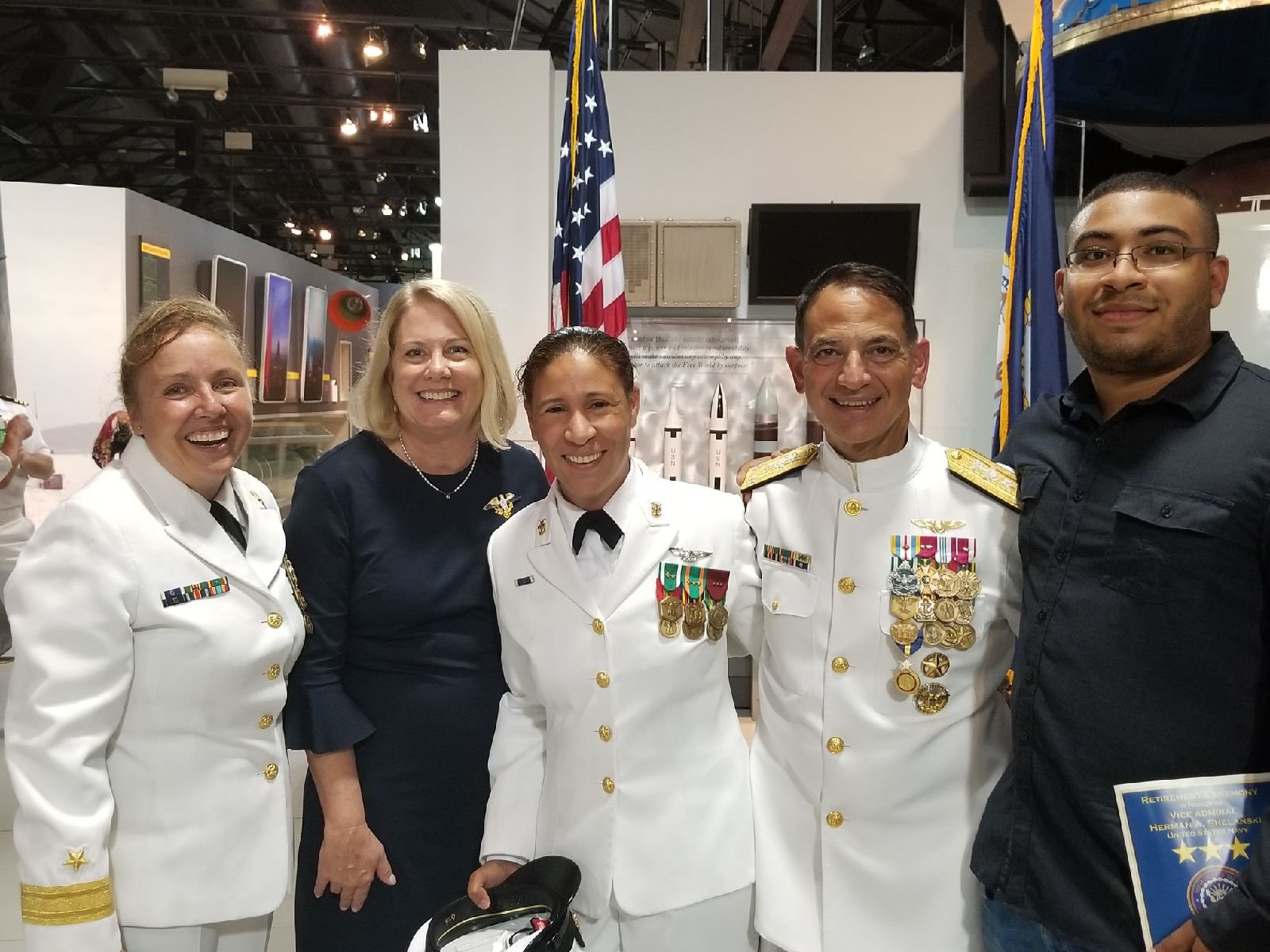Navigating the Next Mission Military Transition and Individual Gap Analysis
By Veronica Lawrence Ortega, Sr. Director of Human Enterprise Optimization, TI Verbatim Consulting, Inc.
Military life was characterized by discipline and preparation. We participated in planning sessions to outline strategies and ensured the successful execution of the mission through rehearsals, conducting briefings, and completing after-action reports. How well does this level of preparation transfer to our transition process? In my case, not very well. I should have been more prepared for my transition by prioritizing my time, available services, and exit strategy into the civilian world.
On my last day in uniform, I was overwhelmed with emotions, as I left my office at the Naval Inspector General. I felt like I just signed divorce papers. In my eyes, the break-up was one-sided and painful. Transitioning felt raw in many ways. As a psychologist, one will think I was mentally prepared to effectively transverse the Kubler-Ross Stages of Grief successfully.
Alas, this was far from the truth. I feel compelled to share that I failed to prepare emotionally and strategically for the transition. Although I learned countless skills on active duty, I struggled to translate them in my transition plan. After serving in multiple leadership roles, I failed to leverage those skills to plan and navigate a smooth transition from active duty to civilian life. I hope my transition story showcases my failure to plan adequately while preventing others from facing similar pitfalls.
The bottom line is that our perceptions of our reality govern our emotions. Taking control of our transition process requires thinking, planning, and acting. I regret to share that there is no tactical manual for this process other than a compliance checklist to close the transition loop. It is up to each transitioning member to create a tailored transition plan. Planning, completing, and deploying a transition plan early is essential for success. The transition process should start at least 18-12 months before your last day in uniform. In this case, timing is of the upmost importance.
Additionally, transitioning servicemembers should ask themselves some tough questions before engaging in the transition process:
1) What do I want to do once I transition? To answer this question, one must reflect and understand existing skills. Participate in conducting market research. Focus on writing a resume to showcase skills. Practice using civilian language that is aligned with the work one wants to do.
2) What gaps exist between my current state and my desired future state? Identify any education or skill gaps early and create a plan of action and milestones to bridge those gaps. Start by identifying what courses, training, mentorship, or coaching sessions are needed, and complete them before transitioning.
3) What is my plan? Build a transition roadmap with key performance indicators based on objective goals. Seek advice from those who transition successfully.
In conclusion, transitioning from the military to the civilian world is inevitable. This process can be daunting if not taken seriously and started early. Navigating the process requires intentionality. Understanding skills and gaps is essential to success. A transition plan must be taken as seriously as any other mission.
Veronica Lawrence is a retired Navy Master Chief with over 24 years of committed service to our country. She culminated her military career serving as the Navy’s premier subject matter expert on culture, diversity, equity, and inclusion. She served as a senior program assessor and a Special Assistant to the Office of Naval Inspector General.
(L-R) Ms. Shelanski, Master Chief Lawrence, Naval Inspector General Vice Admiral Shelanski, and Mr. Lawrence. 2018



